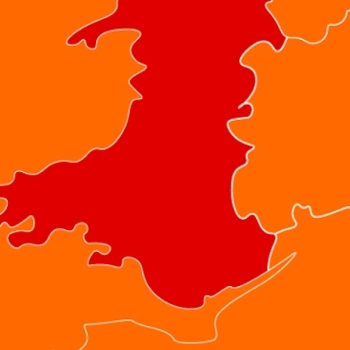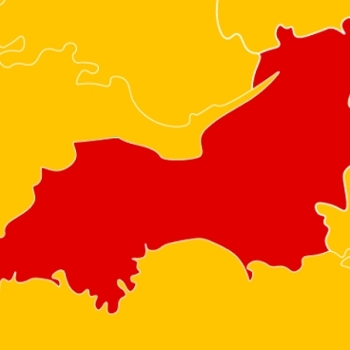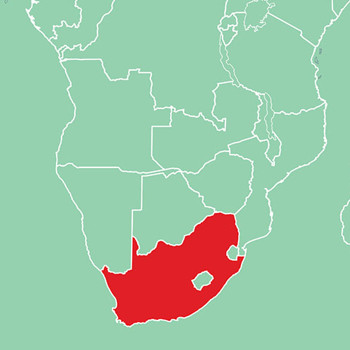NCMS Lecture Dr Florian Bouville, Imperial College
Add to calCardiff University School of Engineering
Link to lecture recording eur03.safelinks.protection.outlook.com/?url=https%3A%2F%2Fcardiff.cloud.panopto.eu%2FPanopto%2FPages%2FViewer.aspx%3Fid%3D874c0377-6cd6-4938-bf5c-af8d013e59e1&data=05%7C01%7Cfiona.robinson%40southwales.ac.uk%7Cef7782c96b474025ce2d08daff715d0c%7Ce5aafe7c971b4ab7b039141ad36acec0%7C0%7C0%7C638103159599418218%7CUnknown%7CTWFpbGZsb3d8eyJWIjoiMC4wLjAwMDAiLCJQIjoiV2luMzIiLCJBTiI6Ik1haWwiLCJXVCI6Mn0%3D%7C3000%7C%7C%7C&sdata=zl5A%2BQurY1lrAw%2FzopCdaPyAb9mGk1dPBtT%2FxMBdDG4%3D&reserved=0 Processing-structure-property relationships in bio-inspired ceramics Dr Florian Bouville Senior Lecturer, Centre for Advanced Structural Ceramics, Imperial College London Tuesday 17th January 2023 at 18:00 Trevithick Room T2.09, Queen’s Buildings, Cardiff University, 5 The Parade, Cardiff, CF24 3AA The lecture will also be streamed live as a Zoom webinar. If you would like to join the webinar, you will need to register with this link: cardiff.zoom.us/webinar/register/WN_9VqHXEh0SISCHzA37mOhmA There is no need to register for the live lecture, all are welcome and there will be free pizza afterwards. Composites with intricate microstructures are ubiquitous in the natural world where they fulfil specific functional demands imposed by the environment. For instance, nacre presents a fracture toughness 40 times higher than its main constituent, a crystalline form of calcium carbonate. This relative increase in toughness value is obtained as a crack propagating within this natural brick-and-mortar structure must interact with the multiple reinforcing mechanisms present from the nanometre to the millimetre scale. The boost in performance obtained has pushed scientists in the last few decades to use nacre as a blueprint to increase the toughness of synthetic ceramics and composites. While nacre is not the only structure that present impressive mechanical properties in the natural world, what these structures have all in common is an expertly tailored microstructure at multiple length-scales. Our ability to reproduce accurately the structure of nacre and other highly mineralised organisms from the nanometre to the millimetre scale has improved recently with the introduction of Magnetically Assisted Slip Casting (M.A.S.C.), a technique that combines an aqueous-based slip casting process with magnetically directed anisotropic particle assembly. Using this approach and pressure-assisted sintering, we are now able to carefully study several structure-property relationships in these bioinspired composites, from the amount and strength of the added nanobridges, the toughness of the polymeric, metallic, or ceramic mortar used, to finally the large-scale orientation of the bricks. For instance, we can fine tune the structural properties of nacre-inspired alumina-based composites to reach strengths up to 670 MPa, KIC up to 6 MPa.m1/2 with subsequent stable crack propagation and this even at temperature up to 1200°C. During this seminar, I will go through a few lessons we can learn from natural materials, how we produced the MASC process to finally go through a few microstructure-properties relationships we managed to explore in these systems. Dr Florian Bouville is a senior lecturer in the Centre for Advanced Structural Ceramics in the Department of Materials at Imperial College London. He obtained his Master’s degree in Material Sciences at the Institut National des Sciences Appliquées de Lyon (INSA de Lyon, France) in 2010. He moved to the South of France for his Ph.D. between three partners: the company Saint-Gobain, the Laboratory of Synthesis and Functionalization of Ceramics and the MATEIS laboratory (INSA de Lyon). His research was based on the freezing of colloidal suspensions and self-assembly to process bio-inspired materials. From 2014 to 2018, he was a postdoctoral researcher and then scientist in the Complex Materials group at the Department of Materials at the ETH Zürich. His research is focused on new manufacturing processes for inorganic materials, with an emphasis on toughening mechanisms and functional properties of architectured ceramics. The group is now working towards fabricating tough and deformable metamaterials from brittle constituents using advanced colloidal processing and light-based additive manufacturing (supported by an ERC StG), understanding the role of microstructural order on fracture behaviour using self-assembled colloids materials, developing new ways to make ceramic/ceramic composites through emulsion and looking at ways to toughen piezoceramics using bioinspired architectures.





